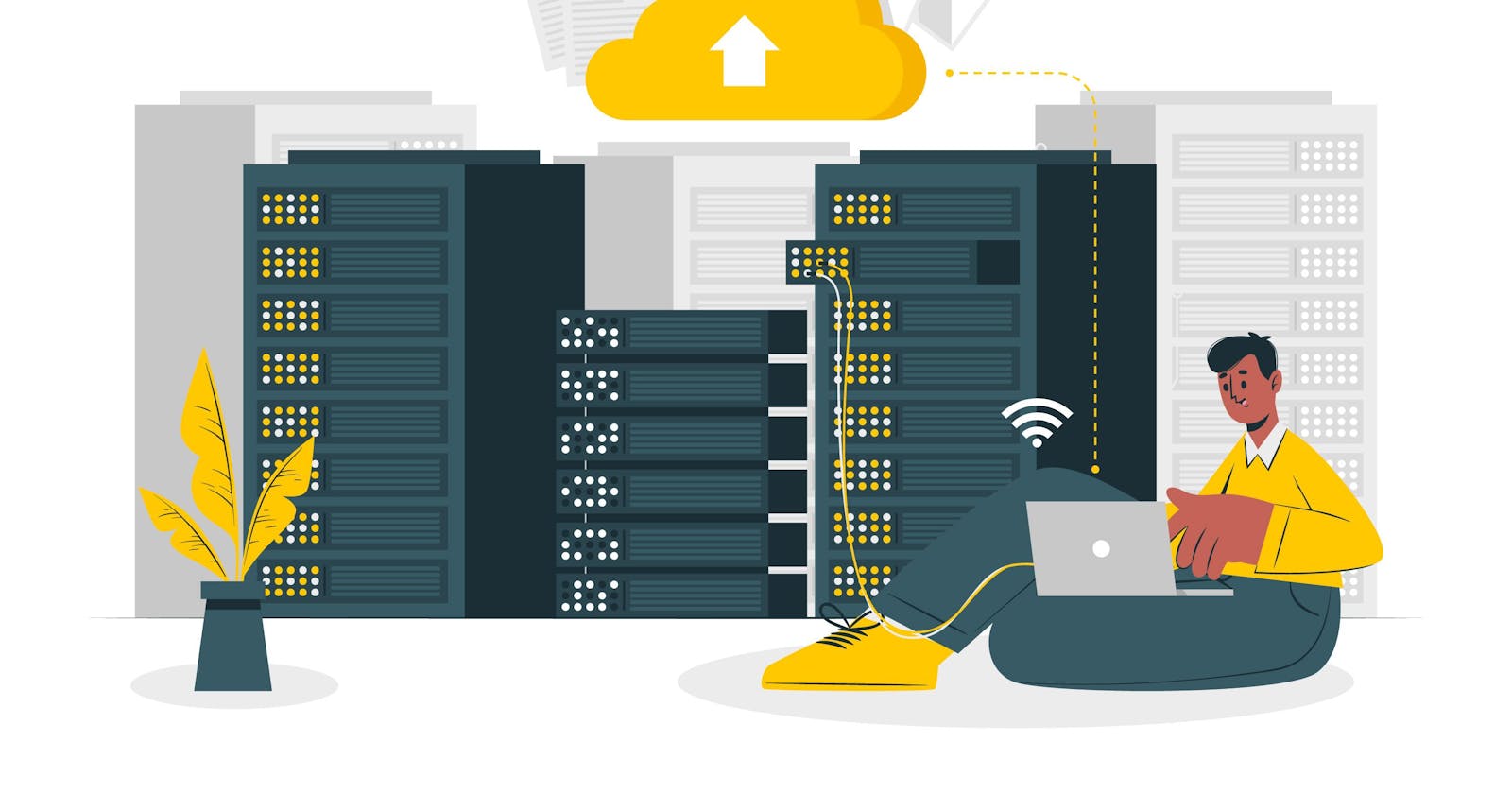Here are some best practices for securing Amazon Elastic Compute Cloud (EC2) instances:
Use Amazon Machine Images (AMIs) that are hardened and up-to-date with the latest security patches.
Use Identity and Access Management (IAM) to control access to EC2 instances and other AWS resources.
Use security groups to control inbound and outbound traffic to your instances.
Enable multi-factor authentication (MFA) for AWS account root users and IAM users.
Encrypt sensitive data stored on instances using encryption tools such as Amazon EBS encryption and AWS Key Management Service (KMS).
Regularly update the software on your instances, including the operating system and any applications, to address security vulnerabilities.
Monitor and track changes to your instances using Amazon CloudTrail and Amazon CloudWatch.
Use Amazon VPC to isolate your instances from the public Internet and control access to them using network access control lists (ACLs) and security groups.
Regularly back up your data to ensure that you can recover quickly from a disaster or data loss.
Consider using Amazon EC2 Auto Scaling to ensure that you have the right amount of instances to handle changes in demand, and to maintain the security of your instances.
Remember, security is an ongoing process and it is important to regularly review and update your security practices to ensure that your EC2 instances are protected from potential threats.
(Pic Credits - freepik.com)
Happy Learning...!!
Thank you for taking the time to read this blog...!!
If you find this blog helpful share it with your connection.
Follow me for more content like this.
Linkedin - Deepak Patil (DevOps Associate @ Aurochs Software)
